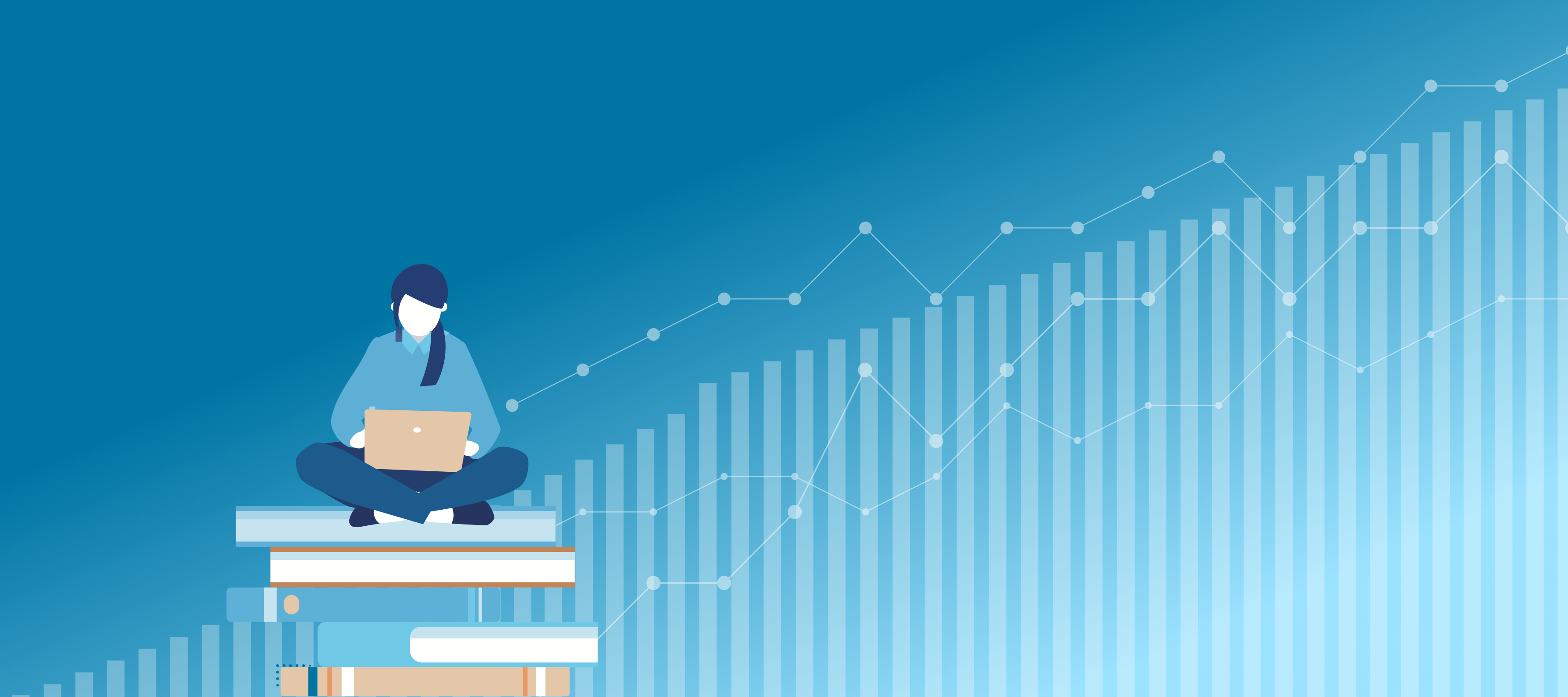From the Desk of a Subject Matter Expert: A Changemaker's Guide to Equitable Data Visualizations
In the heart of every community lies a story — a narrative shaped by the people, their experiences, and the data that surrounds them. As a public health expert and a firm believer in equitable data storytelling, I've seen firsthand how data can be a powerful tool for change. Yet, the way we visualize this data must be handled with care and precision to truly reflect the diversity and disparities within our communities.
My journey has been driven by a singular mission: to illuminate the path to equity through data. Spanning collaborations with foundations, nonprofits, government organizations, and community coalitions, it’s the equity-focused, people-first lens I bring to data analytics and storytelling that defines my work. At mySidewalk, this approach enables our network of Changemakers to navigate through data-driven narratives and make impactful decisions that resonate deeply within their communities.
The Essence of Equity
Equity in data visualization is about ensuring that every chart, map, or graphic we produce tells a fair and inclusive story. It’s about giving voice to the people and showcasing the rich tapestry of our communities through data. In public health, where policy is often driven by data, the importance of equitable data visualization cannot be overstated. It's our responsibility to ensure that our visualizations do not merely represent data but speak to the realities and experiences of all community members.
In the spirit of democratization, our Best Practices for Visualizations Dashboard covers all areas of data visualizations and components available on our platform, from Pie Charts to Time Series to typography and color accessibility.
The newest section, informed by the Urban Institute's Do No Harm Project, Equity in Data Visualization, is a deeper dive into the research-backed method of equitable visualization design.
Turning Challenges into Opportunities
My work has shown me that the road to equitable data visualization is complex but immensely rewarding. For instance, a local health department once approached us with a challenge: despite their efforts, data showcasing health disparities in their community was often overlooked by stakeholders. By adopting equity-focused, dynamic data visualization and storytelling, we were able to focus stakeholder attention on the importance of addressing the community’s health inequities. This data became the cornerstone of targeted health interventions, ultimately leading to significant improvements in community health outcomes.
Take the City of San Antonio's Strategic Health Plan Dashboard, for example. It aims to address inequities and create a healthy, vibrant San Antonio by leveraging the power of data storytelling. Key to their work:
- Community Voice: My favorite part about this Dashboard is how it is heavily informed by the public. The team took time to hold focus groups, collect local survey data, and incorporate stories into its work, setting it apart from other reports as an engaging source of information residents can truly see themselves in.
- Person-First Language: We aim to make data stories accessible to anyone and everyone. That means using language that is easy to digest and resonates with your audience. Features like CoWrite make it easier for teams like San Antonio working on large projects to tailor copy to visualizations. Need context at an 8th-grade reading level? No problem. Want to create a version for community leaders and policy-makers? CoWrite can help you craft a narrative and focus on key messaging.
- Addressing Inequities: With ample context to inequities experienced by BIPOC and LGBTQ+ people, San Antonio shines a spotlight on populations historically discriminated against. Rallying its Strategic Health Plan around everyone in its community, San Antonio makes a clear statement that thriving, healthy environments and resources are for all.
- Avoiding Stereotypes: Every visualization is an opportunity to communicate. However, biases impact and reinforce all kinds of stereotypes in iconography, narrative, and order of groups in data visualizations (i.e., not always using “white” or “male” as the top or reference group). Humans derive subconscious meaning, making the equitable visualization of data paramount to addressing health disparities.
Most importantly, the Dashboard is an intentional plan, laying out a clear path with data-driven solutions to address the inequities within their community.
In another example, the City of York's Community Health Assessment (CHA) leverages data to assess the health status of the community and inform planning. Their dashboard does a fantastic job of presenting data stratified by age, race, sex, and place where possible. This provides a comprehensive picture of the community's health and where support is needed.
They start by telling readers what health means to them – I'll give you a hint, it's about more than medical conditions or rates of disease. To the City of York, the full picture of health captures environments, resources, behaviors, and, ultimately, outcomes. Clearly defining a CHA and providing accessible directions on how to use the dashboard, the team makes it simple for anyone to approach and navigate data stories about the places they care about most.
Putting Equity into Action
For those in my discipline of public health and beyond, embracing equity in every aspect of our work starts with empathy, including a shift in how we visualize and interpret data. Reflecting on our practices, challenging the status quo, and joining us in our mission to create a more equitable world through data-driven change is a great place to start.
At mySidewalk, our commitment to empowering Changemakers like you with equitable, impactful data visualization tools is unwavering. Our platform is built to ensure that every visualization upholds the principles of fairness and inclusion, serving as a beacon for those dedicated to community transformation. Because at mySidewalk, we believe in the power of partnership, innovation, and, most importantly, people.
Share this
You May Also Like
These Related Stories
-3.png?width=1750&height=875&name=Untitled%20design%20(2)-3.png)
Empowering Change Through Data: The Indian River Community Foundation's Path to Community Transformation

Vitalyst Spark: The Health Data Challenge, Part 1


No Comments Yet
Let us know what you think